Table of Contents:
Overview
In this article, I will share you the brief information about the Internet of things(IoT). You can watch the following video or read the below article for more details.
Simple Definition Of IoT:
Internet of Things (IoT) is a network of devices which can sense, accumulate and transfer data over the internet without any human intervention.
Internet of Things (IoT) is here to change the world we know. Smart cars, smart homes, smart cities, everything around us can be turned into a smart device with the help of the Internet of Things. IoT sure does bring the coolness factor to technology.
Now, if you are starting to wonder what is IoT, you’ve stumbled onto the right place.
This article will help you to go with the basics of the Internet of Things.
Topics to be covered:
- What is IoT?
2.Evolution of Internet of things.
3.Why IoT? - IoT Architecture & How Does it work?
- Application & How IoT Can Help Us?
- Future Scope of IoT.
Let’s see detailed information about the above mention topics:
1. What is IoT?
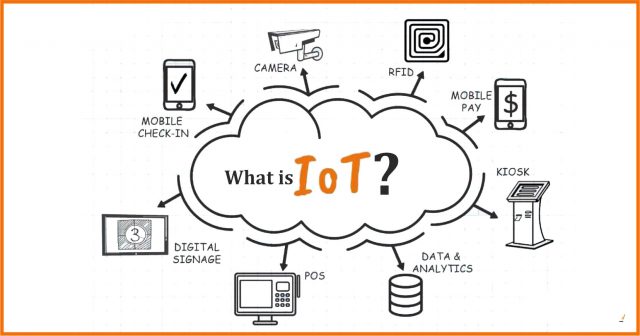
As we have already discussed, the Internet of Things (IoT) is a network of devices which can sense, accumulate and transfer data over the internet to the permanent or a tempory database without any human intervention.
The ‘thing’ in IoT could be a person with a heart monitoring system or an automobile with built-in-sensors,
A home with a Motion Sensor integrated with Home appliances like Bulbs and Fans, A smart water management system with Water Sensor, A wireless Doorbell with a Doorbell sensor, An AC integrated with Temperature and Humidity Sensor. A smart greaser which control automatically over the internet. A smart city with smart dustbin management, smart parking, smart water bill management, smart electricity, Smart Transportation, etc. and an Agriculture with the set sensors to monitor the moisture of the field and Pest & Disease detection. Temperature humidity monitoring of Post harvesting process needed for the crops like Coffee & Tobacco. Cold storage automated to run according to the temperature & Humidity inside.

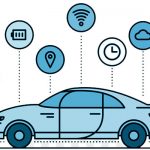




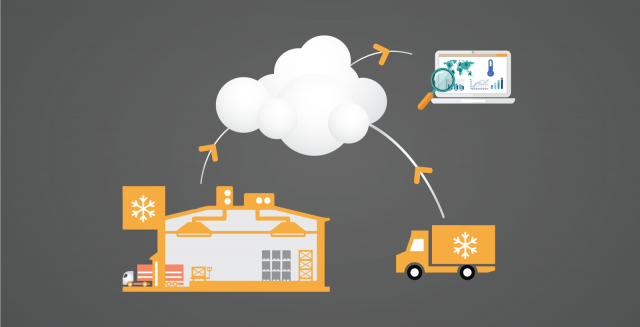
Everything around us can be turned into a smart device with the help of the Internet of Things. IoT sure does bring the coolness factor to technology.
2.Evolution of Internet of things.
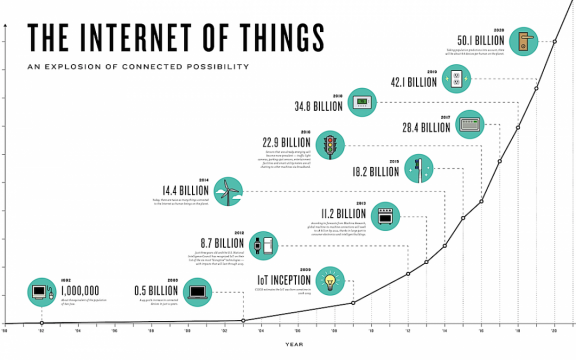
The term Internet of Things is 20 years old. But the actual idea of connected devices had been around longer, at least since the 70s. Back then, the idea was often called “embedded internet” or “pervasive computing”. But the actual term “Internet of Things” was coined by Kevin Ashton in 1999 during his work at Procter&Gamble. Ashton who was working in supply chain optimization wanted to attract senior management’s attention to a new exciting technology called RFID. Because the internet was the hottest new trend in 1999 and because it somehow made sense, he called his presentation “Internet of Things”. Kevin Ashton is called as a Father of IoT.
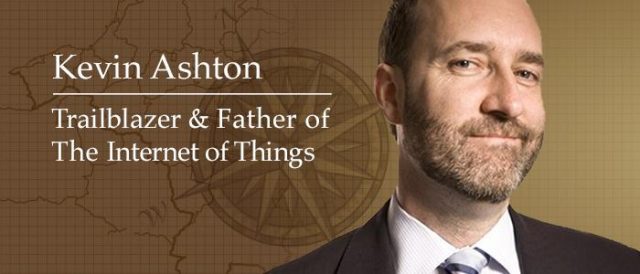
The popularity of the term IoT did not accelerate until 2010/2011 and reached the mass market in early 2014
M2M or the Industrial internet are not opposing concepts to the Internet of Things. Rather, they are sub-segments.
3.Why IoT?
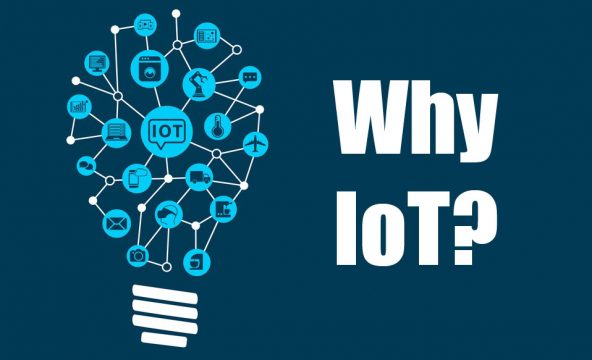
Nearly all of the data available on the Internet today was first captured and created by human beings. The problem is, people have limited time, attention, and accuracy, which means they are not very good at capturing data about things in the real world,
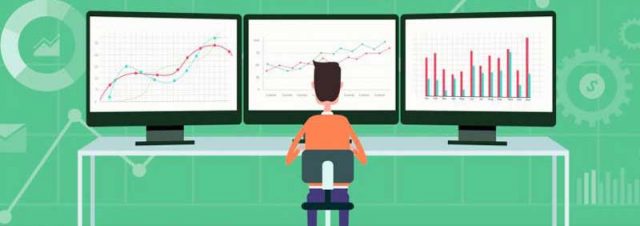
so, if we had computers that knew everything there was to know about things, using data they gathered without any help from us, we would be able to track and count everything and greatly reduce waste, loss, and cost and this is what gave birth to “Internet of Things”.
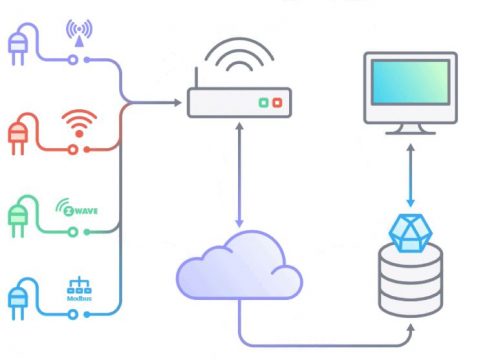
So I think we all clear that why we need IoT.
4. IoT Architecture & How Does it work?
This IoT architecture contains 4 stages as follows:
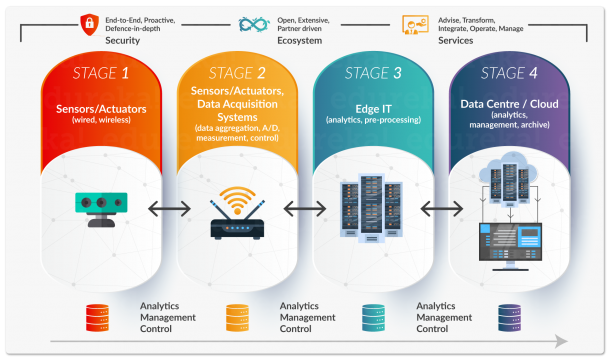
I.Sensors/Actuators
A thing in the context of “Internet of Things”, should be equipped with sensors and actuators thus giving the ability to emit, accept and process signals.
Ex: Temperature sensor/ Automated Greaser
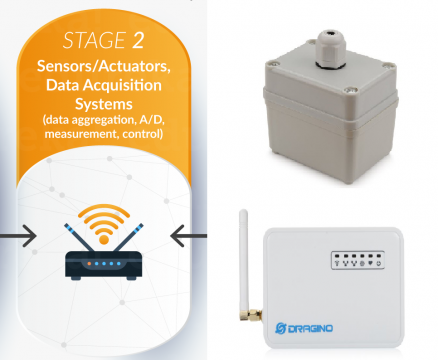
II.Data Acquisition Systems
The data from the sensors start in an analog form which needs to be aggregated and converted into digital streams for further processing. Data acquisition systems perform these data aggregation and conversion functions.
Ex: Temperature sensor gives data in Voltage form which is analog. Here we will convert that Analog signal to Digital using ADC.
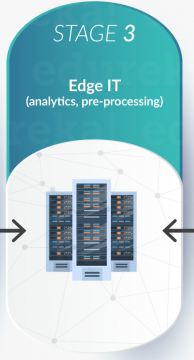
III.Edge Analytics
Once IoT data has been digitized and aggregated, it may require further processing before it enters the data center, this is where Edge Analytics comes in.
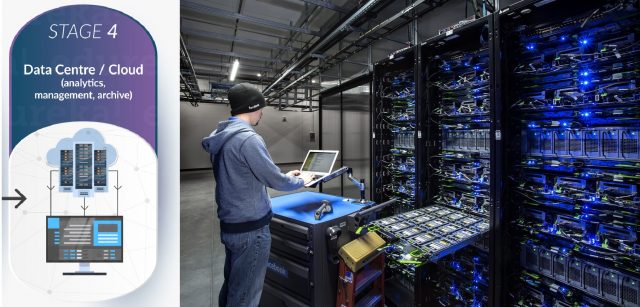
IV.Cloud Analytics
Data that needs more in-depth processing gets forwarded to physical data centers or cloud-based systems.
The collected data will be posted to the clouds like Amazon Web services/IBM Bluemix/Microsoft Azure/Matlab Thingspeak/ The Things Network to store data permanently or for the particular time duration.
From this cloud, we can access the data and perform related analytics on the data.
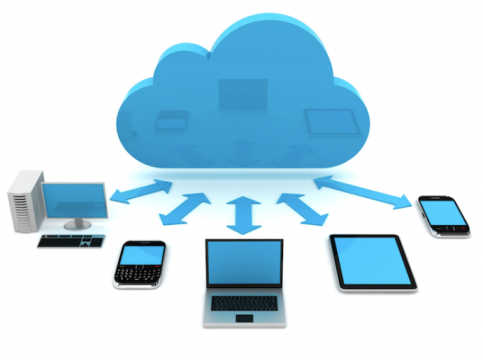
5.Applications Of IoT
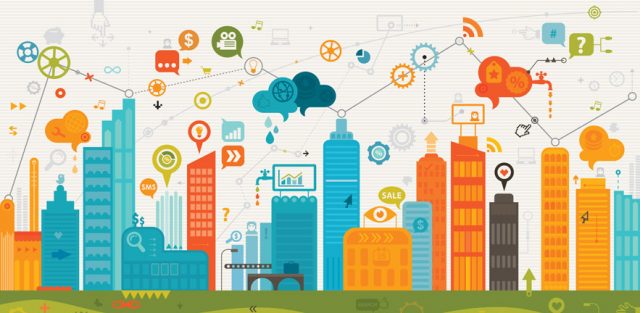

i.Natural Disaster Management with IoT:
The Internet of Things platform can be used to accumulate data related to a specific geographic location using remote monitoring tools and perform analytics so that early warnings of a disaster can be found out.
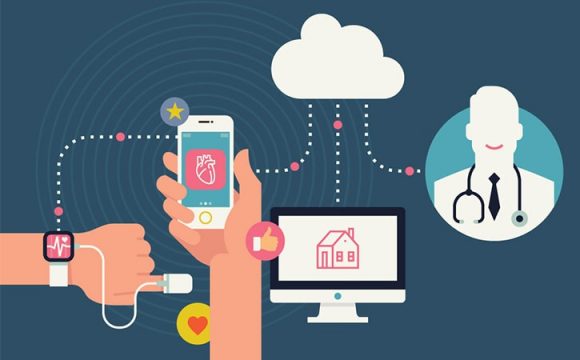
2.Better Health-Care with IoT
IoT can have a major impact when it comes to remote health monitoring. Even though the patient is on the move, his vitals can be continuously sent to the doctors with the help of the IoT platform.
3. Smart Farming with IoT
The task of irrigation can be automated with the help of IoT. A set of sensors such as light, humidity, the temperature can be used to continuously monitor the field conditions.
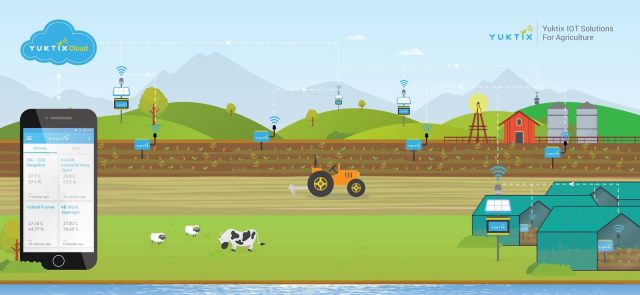
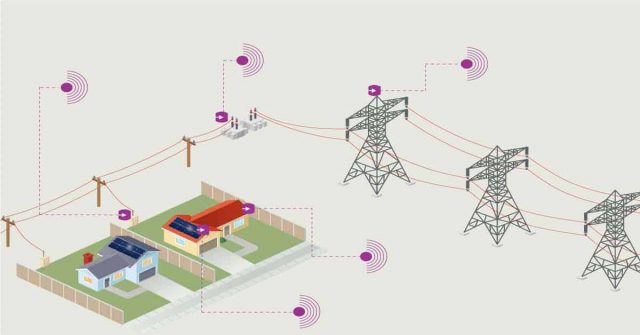
4.Smart Energy Management with IoT:
With smart grids, energy distribution can be optimized. These grids also keep collecting real-time data which helps in distributing electricity efficiently and also to reduce the outages.
5.Pollution Control with IoT
The IoT platform helps us to continuously monitor the air quality and water quality.
This data will be sent to the cloud, where further analytics can be performed so that proper action can be taken to control pollution.
6. Future Scope of IoT:
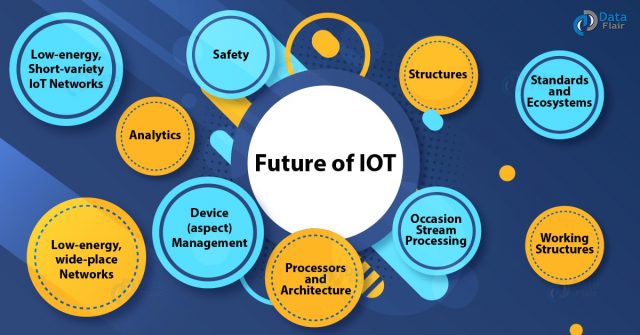
Internet of Things can connect devices embedded in various systems to the internet. When devices/objects can represent themselves digitally, they can be controlled from anywhere. The connectivity then helps us capture more data from more places, ensuring more ways of increasing efficiency and improving safety and IoT security.

IoT is a transformational force that can help companies improve performance through IoT analytics and IoT Security to deliver better results. Businesses in the utilities, oil & gas, insurance, manufacturing, transportation, infrastructure, and retail sectors can reap the benefits of IoT by making more informed decisions, aided by the torrent of interactional and transactional data at their disposal.
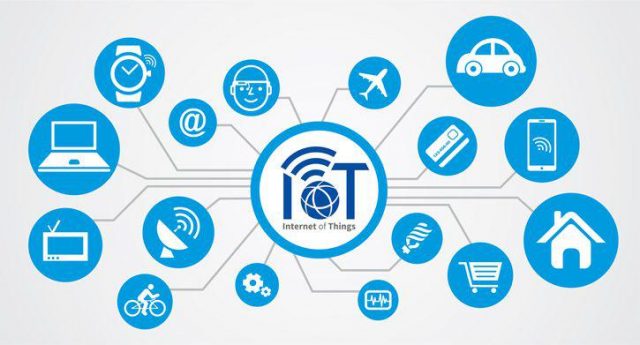
Hope that this article on ‘What is IoT’ was helpful to you. If you learn something about IoT, and you feel that it is helpful, give a thumbs-up & Share with your friends.
Thank you.
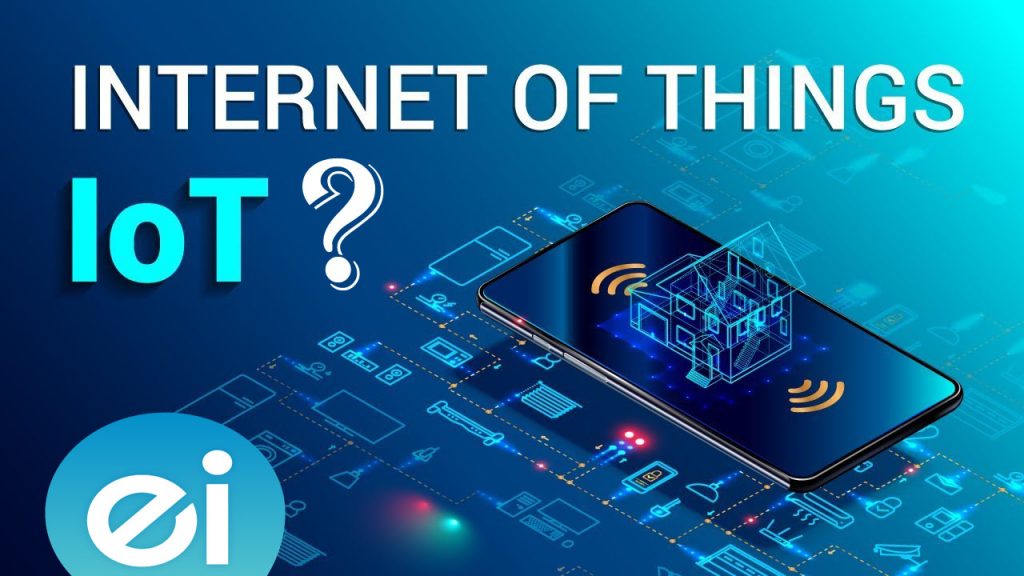
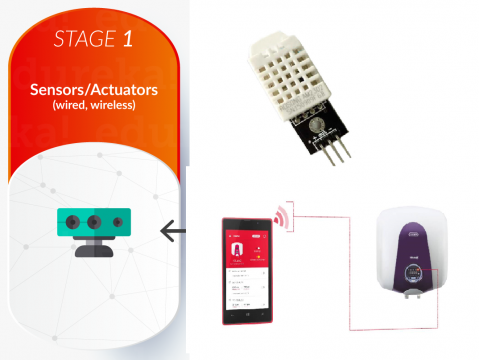

[…] Internet of Things (IoT) is being integrated with almost every device nowadays. There is a number of hardware and software IoT platforms are available in the market for building IoT based application. In my previous article, I have explained how to interface DHT22 with NodeMCU and post the Temperature and Humidity to the Thingspeak webserver. Likewise, we can interface sensors to the hardware development kits like ESP32, ESP8266, Raspberry Pi, Particleboards( Aargon, Boron, Xenon) and post data to the clouds like Thingspeak, Ubidots, AWS_IoT_Core, Microsoft Azure. […]
[…] Internet of Things (IoT) is being integrated with almost every device nowadays. There is a number of hardware and software IoT platforms are available in the market for building IoT based application. In my previous article, I have explained how to interface DHT22 with NodeMCU and post the Temperature and Humidity to the Thingspeak webserver. Likewise, we can interface sensors to the hardware development kits like ESP32, ESP8266, Raspberry Pi, Particleboards( Aargon, Boron, Xenon) and post data to the clouds like Thingspeak, Ubidots, AWS IoT Core, Microsoft Azure. […]
[…] Internet of Things (IoT) is being integrated with almost every device nowadays. There is a number of hardware and software IoT platforms are available in the market for building IoT based application. In my previous article, I have explained how to interface DHT22 with NodeMCU and post the Temperature and Humidity to the Thingspeak webserver. Likewise, we can interface sensors to the hardware development kits like ESP32, ESP8266, Raspberry Pi, Particleboards( Aargon, Boron, Xenon) and post data to the clouds like Thingspeak, Ubidots, AWS IoT Core, Microsoft Azure. […]
[…] Internet of Things (IoT) is being integrated with almost every device nowadays. There is a number of hardware and software IoT platforms are available in the market for building IoT based application. In my previous video, I have explained how to interface DHT22 with NodeMCU and post the Temperature and Humidity to the Thingspeak webserver. Likewise, we can interface sensors to the hardware development kits like ESP32, ESP8266, Raspberry Pi, Particleboards( Aargon, Boron, Xenon) and post data to the clouds like Thingspeak, Ubidots, AWS IoT Core, Microsoft Azure. […]
[…] Internet of Things (IoT) is being integrated with almost every device nowadays. There is a number of hardware and software IoT platforms are available in the market for building IoT based application. In my previous article, I have explained how to interface DHT22 with NodeMCU and post the Temperature and Humidity to the Thingspeak webserver. Likewise, we can interface sensors to the hardware development kits like ESP32, ESP8266, Raspberry Pi, Particleboards( Aargon, Boron, Xenon) and post data to the clouds like Thingspeak, Ubidots, AWS IoT Core, Microsoft Azure. […]
[…] has also applications in agro, infrastructure, and domestic automation sectors that would lead to digital transformation. IoT is making the farmers’ jobs easier. The sensors are useful in collecting data on […]